SOURCE: RAUNAK KUNDE / NEWS BEAT / IDRW.ORG
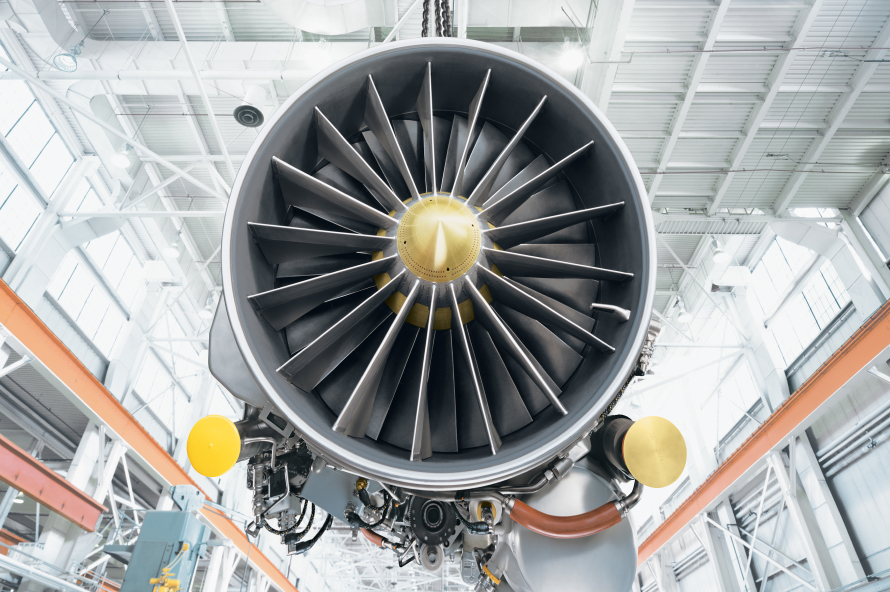
The deal to jointly manufacture the potent GE F414-INS6 aero-engine in India for an upgraded version of India’s indigenous Tejas MkII fighter aircraft is inching closer to its conclusion. New details are emerging, shedding light on the level of Transfer of Technology (ToT) and the specific areas that will be covered by this agreement.
The Transfer of Technology for the F414 engine to India is expected to be around 78-80 per cent initially, with the potential to reach 100 per cent over the next decade or more. This progression will depend on the requirements of the Indian Air Force (IAF) and Hindustan Aeronautics Limited’s (HAL) ability to assimilate the advanced technology.
Continue readingSOURCE: RAUNAK KUNDE / NEWS BEAT / IDRW.ORG
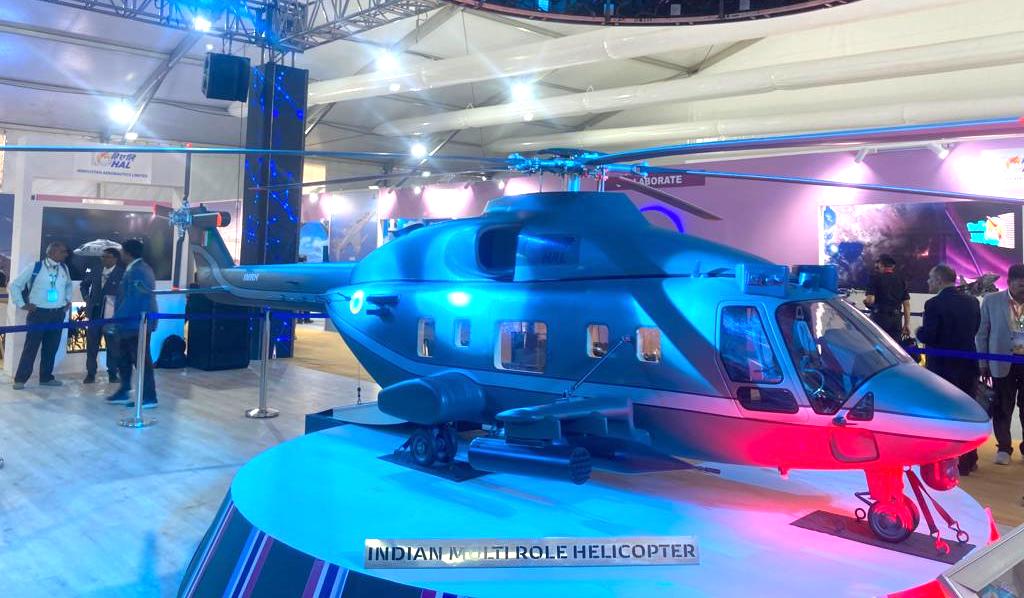
India’s ambitious 13-ton Utility Helicopter program, known as IMRH (Indian Multi-Role Helicopter), is set to be executed through a Special Purpose Vehicle (SPV) model. This approach involves the formation of a new consortium that will assume responsibility for production, sales, maintenance, repair, and future upgrades. Hindustan Aeronautics Limited (HAL), the state-owned aerospace company, has been engaging in discussions with several private sector companies that possess the potential to contribute to the program.
Under the SPV model, HAL will maintain a minority stake in the newly formed consortium, with two private sector companies likely to assume leadership roles. The consortium’s primary objective will be to address the potential demand for 400 units of the IMRH from the Indian Armed Forces, as these helicopters are intended to replace the ageing Russian Mi-17 helicopters. By establishing a robust production line, the consortium aims to cater to the requirements of the armed forces for at least two decades.
Continue readingSOURCE: RAUNAK KUNDE / NEWS BEAT / IDRW.ORG
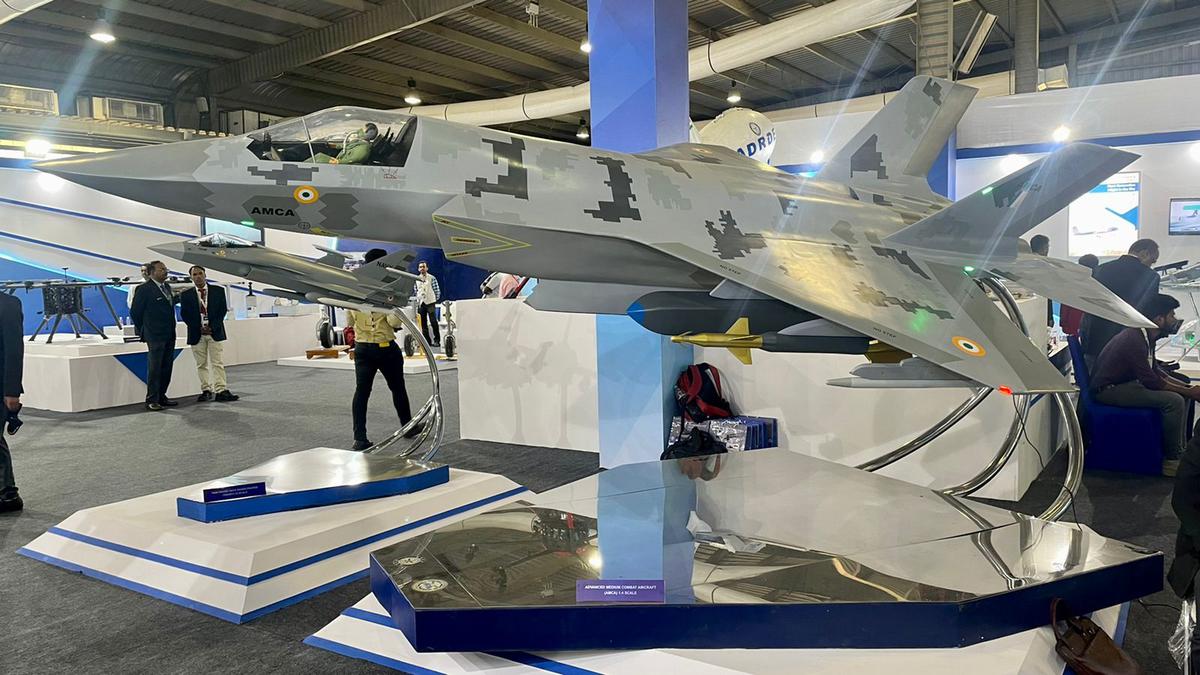
The approval process for India’s twin-engine advanced medium combat aircraft (AMCA) is expected to receive clearance from the Cabinet Committee on Security (CCS) in the coming months. Chaired by Prime Minister Narendra Modi, the CCS is nearing the completion of its review, which gained momentum following the successful completion of the Critical Design Review (CDR) earlier this year. The CDR ensures that the aircraft’s system meets the required performance standards, allowing it to progress into the fabrication, demonstration, and testing stages.
Sources familiar with the matter indicate that the CCS process is likely to conclude by September or October, at the latest. Following the approval, the prototype rollout of the AMCA is scheduled for mid-2026, with the first flight planned for late 2027.
Continue readingSOURCE: RAUNAK KUNDE / NEWS BEAT / IDRW.ORG
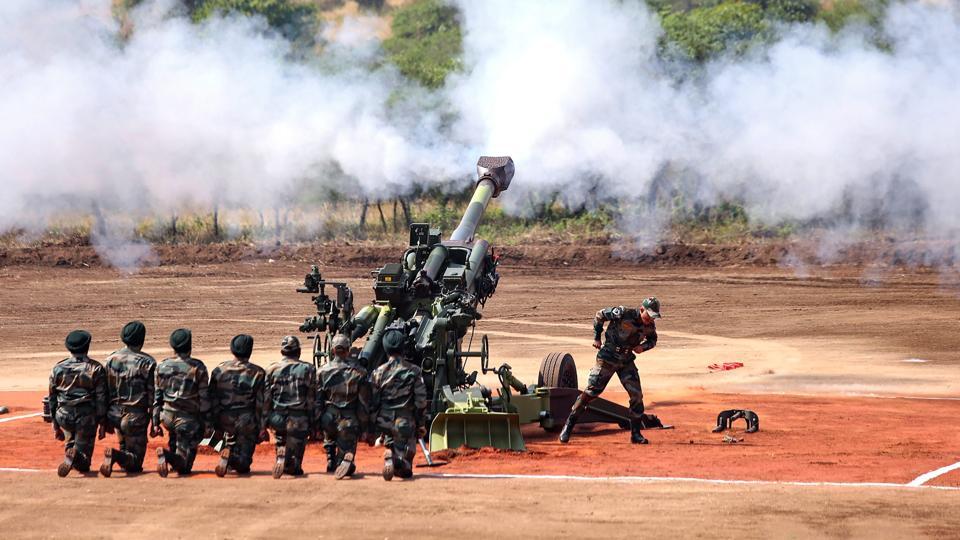
UK-based defence company BAE Systems has proposed an upgraded 52-calibre barrel for the Indian Army’s 145 units of the 155mm/39-calibre M777 ultra-lightweight gun system. The company intends to manufacture the new barrel locally in India and provide a specialized kit that will enhance the gun’s range to 40km.
BAE Systems is currently in discussions with an Indian private sector company that will be responsible for carrying out these upgrades, as well as providing spares and logistical support for the gun. The company is keen on developing the upgraded 52-calibre barrel for the M777 ER (Extended Range) in India, with the possibility of exporting it to other countries interested in similar upgrades.
Continue readingSOURCE: RAUNAK KUNDE / NEWS BEAT / IDRW.ORG

The Light Combat Helicopter (LCH) Prachand Production Line is gearing up to assess the production status of India’s indigenous combat helicopter. With the delivery of 10 LCH Limited Series Production aircraft for the Indian Air Force (IAF) nearing completion, the production of the Series Production aircraft is set to commence shortly. This development is a significant step forward in meeting the order for 145 Series Production LCH units, catering to the requirements of both the IAF and the Indian Army.
The LCH, developed by Hindustan Aeronautics Limited (HAL), is a potent combat helicopter designed to excel in high-altitude operations and various challenging environments. It showcases advanced capabilities, including high manoeuvrability, precision strike capabilities, and the ability to operate at altitudes of up to 6,000 meters. With its versatile design and cutting-edge technologies, the LCH is poised to become a vital asset for the Indian armed forces.
Continue readingSOURCE: JOYDEEP GHOSH/ FOR MY TAKE / IDRW.ORG

Pinaka is a multiple barrel rocket launcher or MBRL produced in India and developed by DRDO for use by the Indian Army. The system has multiple variants including a 40 km Mark-I and 60 km Mark-I Enhanced to start with. The rockets can be fired in a salvo of 12 rockets in mere 44 seconds.
Mounted on a Tatra truck Pinaka, inducted into the Indian Army in late 1990s in large numbers has been effectively used in the 1999 Kargil War to neutralize entrenched Pakistani positions on difficult to climb mountain tops. Pinaka was developed as a replacement to the aging BM21 Grad MBRL, the soviet origin rockets that have been in service with Indian Army for over 4 decades. Each Pinaka battery consists of 6 launcher vehicles, each with 12 rockets; 6 loader-replenishment vehicles; 3 replenishment vehicles; 2 Command Post vehicle with Fire Control computer, and DIGICORA MET radar. A battery of six Pinaka launchers can neutralize an area of 1,000 mtrs × 800 mtrs.
Continue readingSOURCE: RAUNAK KUNDE / NEWS BEAT / IDRW.ORG
_1622711543538_1622711546620.png)
According to recent reports in the Times of India, the Defence Ministry is expected to give the green light to a deal involving 30 American Predator drones with strike capabilities.
The Indian Navy is now considering acquiring 14 units, while the Army and Air Force are slated to procure 8 units each. This shift in unit allocation may lead to the abandonment of the earlier plan to reduce the order quantity to 18 units.
Continue readingSOURCE: RAUNAK KUNDE / NEWS BEAT / IDRW.ORG

Arun T Ramchandani, the Executive Vice President & Head of L&T Defence, has provided an update on the progress of the Light Tank prototype being developed at L&T’s Armoured Systems Complex in Hazira, Gujarat. The prototype, weighing between 25 to 30 tons, has reached an advanced stage of development. Ramchandani states that the company is on track to conduct trials and demonstrations for the Indian Army soon.
According to sources close to idrw, the rollout of the Light Tank is scheduled to occur within the next two months. This milestone event will be followed by an official showcase of VVIPs, potentially before Independence Day.
Continue readingSOURCE: RAUNAK KUNDE / NEWS BEAT / IDRW.ORG
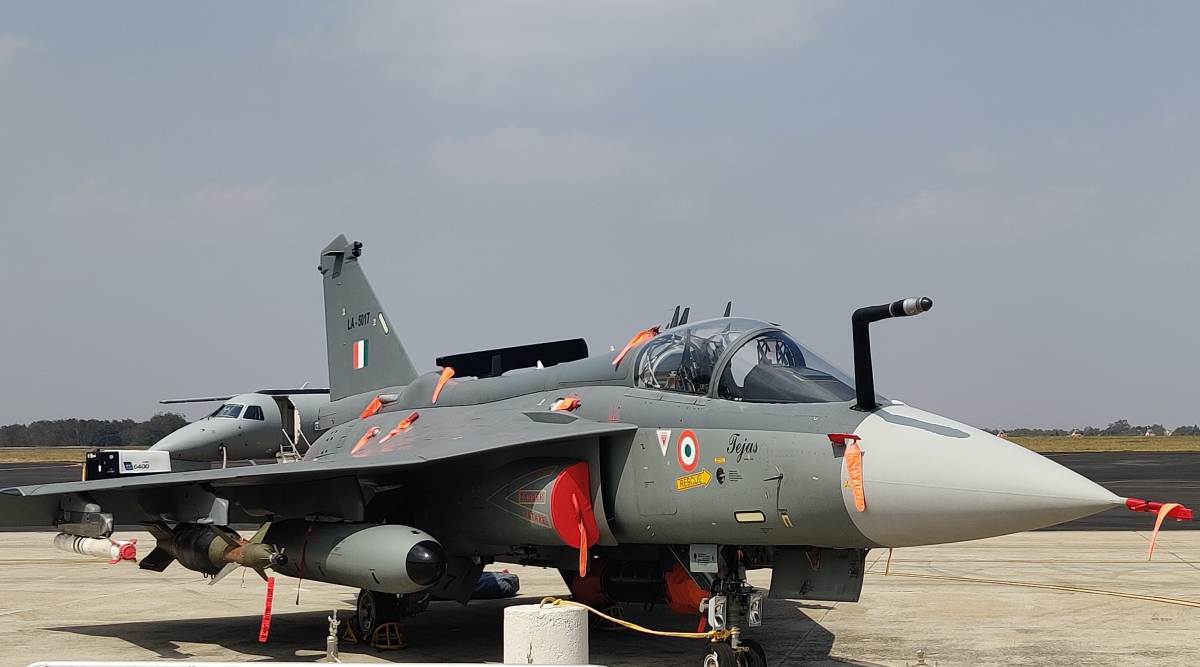
HAL’s strategic focus on the South American market has yielded promising results, with another South American country expressing interest in the LCA-Tejas fighter jets. India has specifically targeted Argentina as a potential buyer, aiming to establish a foothold in the region to expand the market for indigenous fighter aircraft.
According to sources familiar with the matter, the unnamed South American country is seeking to acquire 5-8 LCA-Tejas jets to fulfil the air staff requirements of its air force. Currently, the country operates only one type of fighter jet, which they plan to retire soon. This presents an opportunity for India to position its advanced LCA-Tejas jets as a suitable replacement option.
Continue readingSOURCE: RAUNAK KUNDE / NEWS BEAT / IDRW.ORG
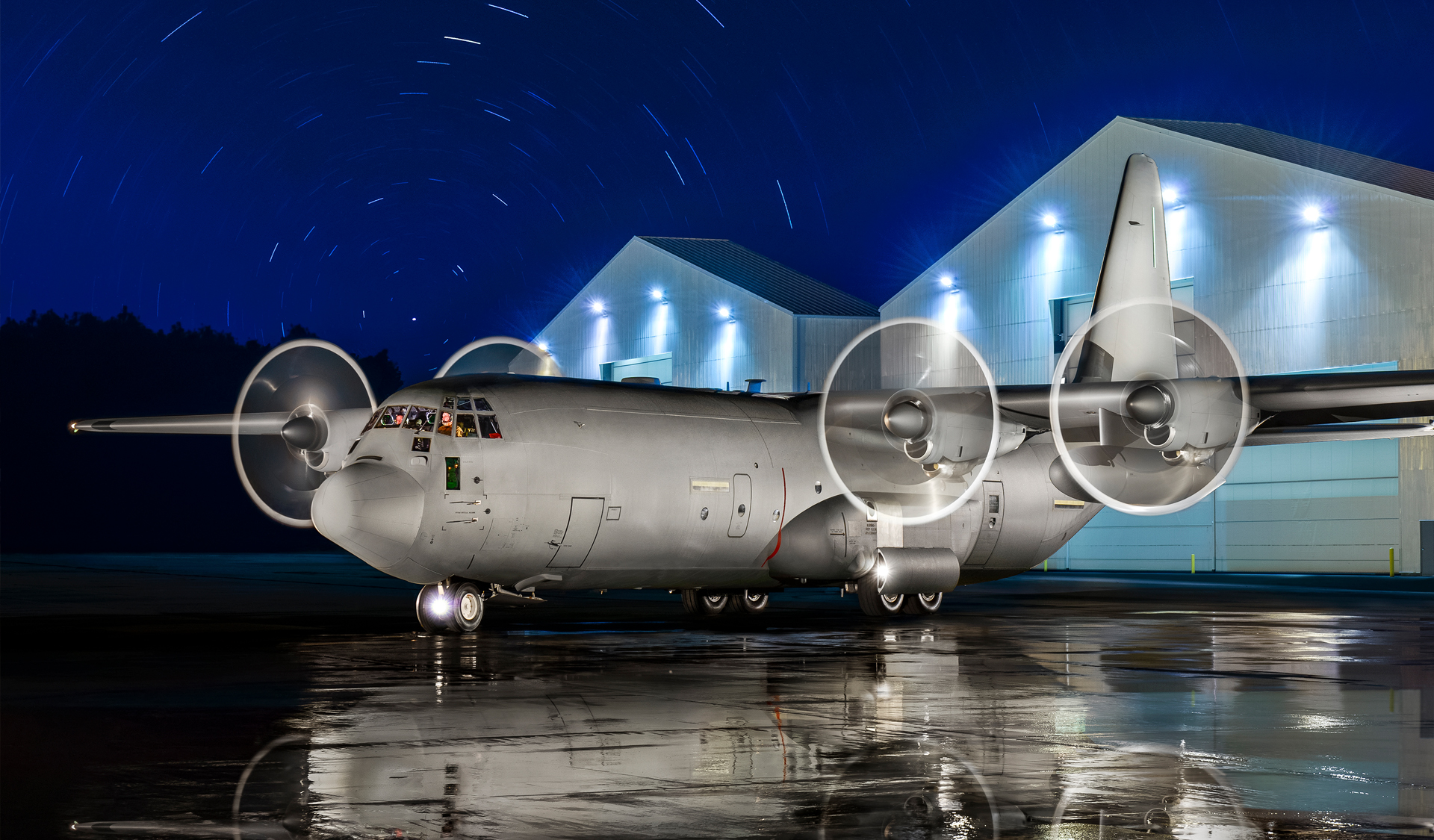
Tata Advanced Systems Limited (TASL), a Mumbai-headquartered company, and US-based Lockheed Martin are currently engaged in discussions to collaborate on offering the Made in India C-130J Super Hercules aircraft to the Indian Air Force (IAF). This move comes as the IAF aims to meet its requirement for 60-80 Medium Transport aircraft. With Tata Lockheed Martin Aerostructures Limited (TLMAL) already manufacturing the empennage of the C-130J Super Hercules in Hyderabad, the two companies have established a strong working relationship over the past decade.
TLMAL’s manufacturing facility in Adibatla, Hyderabad, has been instrumental in producing components for the C-130J Super Hercules. In recent years, there has been significant progress in indigenizing the empennage, with localization levels rising from 85% to over 95%. This achievement underscores the commitment of both TASL and Lockheed Martin to the “Make in India” initiative, which aims to enhance indigenous defence production capabilities and reduce dependence on imports.
Continue readingSOURCE: RAUNAK KUNDE / NEWS BEAT / IDRW.ORG
.jpg)
BEML, in collaboration with the Indian Institute of Technology (IIT) Kanpur, has completed internal trials of its indigenously developed 25 kg Class Tactical Unmanned Aerial Vehicle (UAV). The UAV has been designed to carry versatile payloads weighing up to 3.0 kg, including day and night cameras. It possesses the capability to take off and land on short runways, maintain continuous flight for 8 hours, and has a radio range of 50 kilometers.
Confirming the completion of trials last year, BEML has announced that the Tactical UAV is now ready for user trials, and discussions are underway with the Indian Army for conducting these trials. As part of its plans, BEML intends to offer Tactical UAVs with different payloads, and it is actively engaging with private sector companies for this purpose.
Continue readingSOURCE: RAUNAK KUNDE / NEWS BEAT / IDRW.ORG
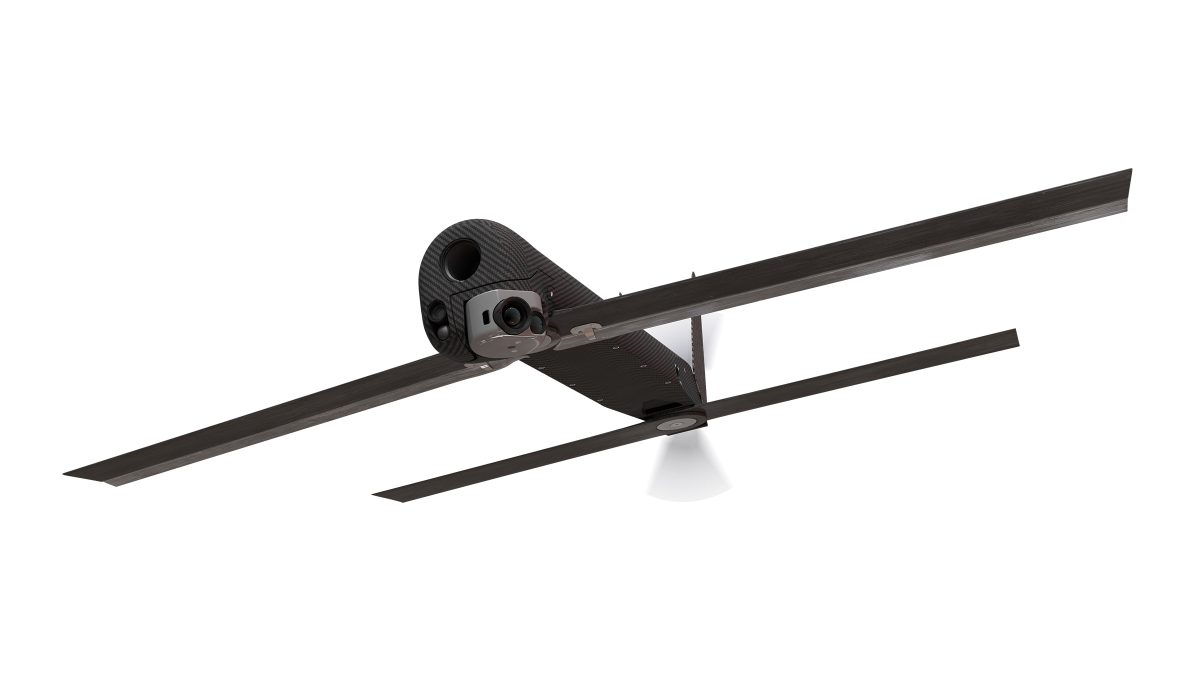
The Indian Army, after successfully inducting loitering munition or suicide drones capable of taking out heavily fortified main battle tanks and armored vehicles, is now engaged in discussions with private defense sector companies in the country to develop a low-cost Miniature Loitering Munition. This weapon is specifically designed to neutralize a single soldier or a small group of soldiers in a bunker.
The Miniature Loitering Munition should possesses several advantageous features, including a compact size and a quiet motor, making it extremely difficult to detect, recognize, and track, even at close range. It can be easily carried in a backpack, rapidly deployed, and operated manually or autonomously, offering versatility in combat situations.
Continue readingSOURCE: RAUNAK KUNDE / NEWS BEAT / IDRW.ORG
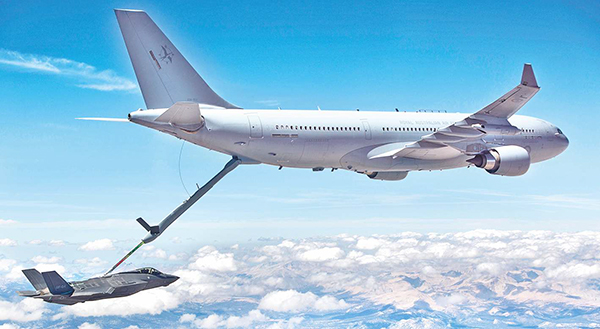
The Indian Navy, responsible for operating its aviation fleet across two aircraft carriers and with plans to expand its fighter jet capabilities for a proposed third aircraft carrier, is now considering the acquisition of Flight Refuelling Aircraft (FRA) to augment the range and endurance of its aerial platforms.
Insiders familiar with the matter have revealed to idrw that the Indian Navy is contemplating the procurement of at least three Flight Refuelling Aircraft (FRA) to meet its specific requirements. The Indian Air Force (IAF), which currently operates only six Russian IL-78 midair refuelers, has no surplus aircraft available for the Indian Navy’s needs.
Continue readingSOURCE: RAUNAK KUNDE / NEWS BEAT / IDRW.ORG

Bharat Dynamics Limited (BDL) has successfully developed the 3rd generation man-portable Anti Tank Guided Missile (ATGM), Amogha-III, and is now considering the development of a low-cost air-launched variant. This variant aims to provide an effective range of over 5 kilometres when fired from attack helicopters such as HAL’s Prachand and Rudra.
The Amogha-III ATGM incorporates a dual-mode IIR Seeker, offering a range of 200 to 2500 meters, which can be utilized in lock-on-before-launch (LOBL) mode. Its anti-armour tandem warhead possesses the capability to penetrate more than 650 mm beyond Explosive Reactive Armour (ERA), enhancing its effectiveness against armoured targets.
Continue readingSOURCE: RAUNAK KUNDE / NEWS BEAT / IDRW.ORG
State-owned Hindustan Aeronautics Limited (HAL) has confirmed that it will not pursue the development of an armed variant for the HTT-40 Basic Trainer Aircraft. This decision comes as there is currently no demand for such a variant from the primary user, the Indian Air Force (IAF).
The HTT-40 is a turboprop aircraft designed to deliver excellent low-speed handling qualities and enhance training effectiveness. This fully aerobatic tandem seat turbo trainer features an air-conditioned cockpit, modern avionics, hot refuelling capability, running changeover, and zero-zero ejection seats.
Continue reading